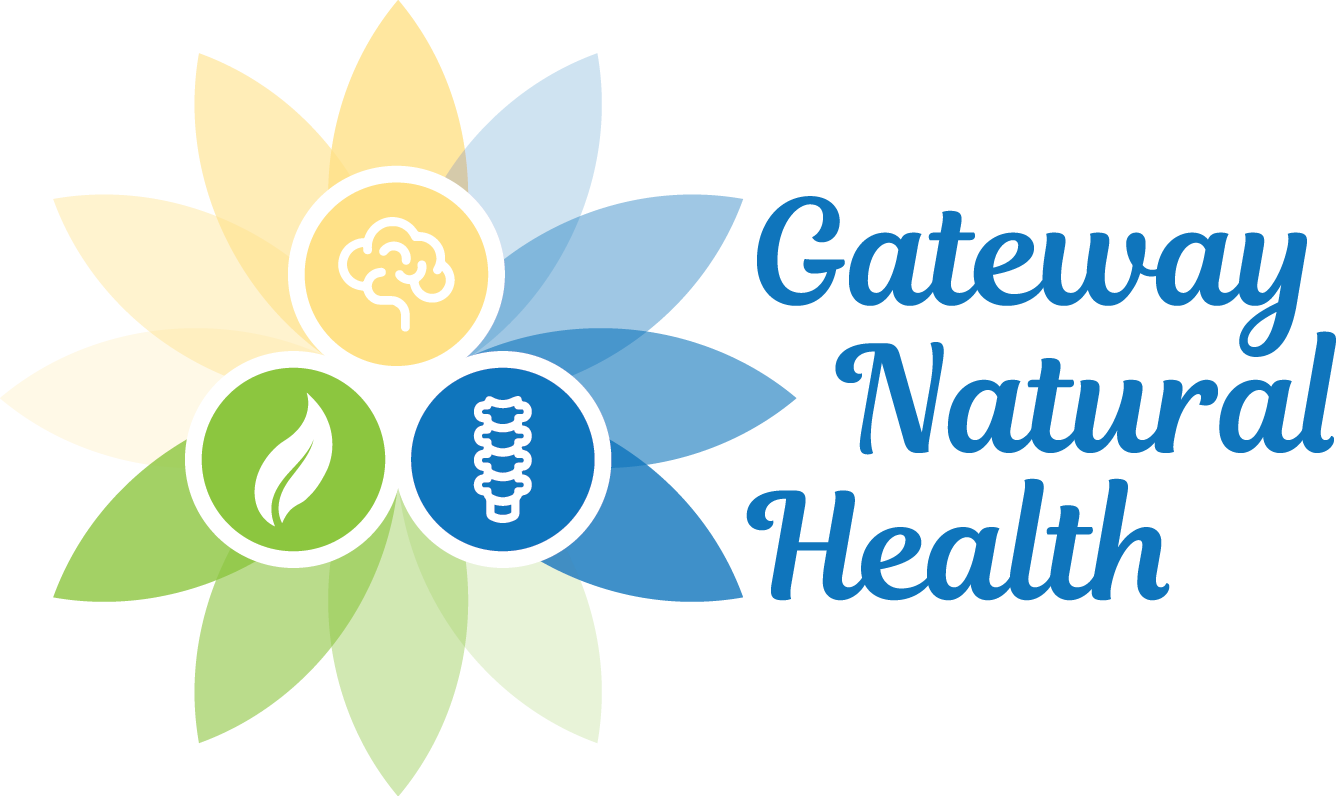The beauty industry is full of suggestions on improving every aspect of your appearance – the way your skin looks, the silky texture or color of your hair, and your nails. But the truth is – there's more to your nails than you think.
The actual appearance of your nails can give you insight into what's going on inside your body. We're going to break down three common nail signs and what they mean. Plus, we'll include a few remedies to help you grow strong, healthy nails.
1. Brittleness
Brittle nails are one of the most frequent nail complaints and fall within two categories:
- Dry and brittle. This is often the result of deficiencies in vitamins A and F, calcium, or essential fatty acids. These nutrients are vital for healthy nails.
- Soft and brittle. This condition may be caused by exposing your nails to excessive moisture, chemicals such as nail polish or remover, household cleaners, or detergents.
Brittle nails can also occur from:
- The normal aging process. This can cause the keratin filaments within the nails to weaken.
- Iron deficiency. If your body doesn't have enough iron, it can lead to low levels of red blood cells or anemia. Anemia can show itself through spoon-shaped or brittle nails.
- Hypothyroidism. Low thyroid levels can bring on a host of symptoms, including fatigue, weight gain, and hair loss. It can also take a toll on your nails.
2. Splitting or Peeling
When you have dry hair, you see split ends. When your skin is dry, you may notice tiny cracks. And your nails are no different.
If your nails are peeling, consider the following:
- Separation of the protein layers that make up the nail
- Everyday wear and tear
- Exposure to chemicals, detergent, or water
- Thyroid conditions
- Nutrient deficiencies, like low calcium, iron, or vitamin B
3. Ridges
Two types of ridges, or furrows, can form on your nails:
- Horizontal ridges. These dents go from one side of your nail to the other
- Vertical ridges. These run from your cuticle to the tip of your nail.
Vertical ridges are more common than horizontal. For many, it's a normal part of the aging process or from improper digestion. For others, it could indicate a deficiency of fat-soluble nutrients or vitamin B.
Horizontal ridges often crop up after you experience physical stress. These ridges could be from an illness, medication, surgery, or malnutrition. It could also be a sign of a more severe condition. If you notice horizontal ridges on your nails, it's best to get them checked out.
The Do's and Don'ts for Optimal Nail Care
Are your nails showing any of the signs above? If so, here's what you can do:
- Rule out any underlying health concerns. Give our office a call, and we'll be happy to help you get to the bottom of what's going on.
- Check for deficiencies in your diet. You are what you eat, and the results can show in your nails. Come in for blood work, and we'll take a look at your iron, calcium, biotin, B vitamin, and fatty acid levels.
- Take a nail supplement. Biotin or collagen are fantastic options and a quality source of essential fatty acids. Supplements are an effective way to support firmer, thicker nails. If you'd like to add those to your regimen, let us know, and we'll help.
- Give your nails some TLC. Keep your nails trimmed and filed. Rehydrate your cuticles with jojoba or olive oil. Consider giving them a break from toxic nail polish, which can dehydrate and stain your nails.
What Are Your Nails Telling You?
How your nails look and feel can give you valuable insight into what's going on in your body. Whatever your nail issues may be, keep an eye out and consider supporting them with one of the above tips. Your nails – and body – will thank you.

